In today’s fast-paced digital world, e-commerce businesses must do more than just sell products online—they need to create an exceptional user experience that keeps customers engaged and encourages repeat purchases. A well-designed e-commerce website is the cornerstone of success, combining both web design and web development to ensure functionality, aesthetics, and usability. In this blog, we’ll explore essential web design tips for e-commerce success that can help your online store thrive.
1. Prioritize User-Friendly Navigation
Navigation is one of the most critical aspects of web design. If visitors cannot easily find what they’re looking for, they will leave your site, resulting in lost sales. Use clear menus, categorized product listings, and a search bar that allows users to quickly locate items. Consider implementing breadcrumb trails, which help customers understand their location within your website and improve the overall web development experience.
Key elements to focus on:
Simple and intuitive menu structures
Filter and sorting options for product listings
Visible and functional search bar
2. Optimize for Mobile Devices
With more than half of online shopping occurring on mobile devices, a responsive design is no longer optional. Mobile optimization ensures your e-commerce site performs seamlessly across smartphones and tablets. Responsive web design adapts to different screen sizes, while web development techniques like flexible grids and touch-friendly elements enhance usability.
Tips for mobile optimization:
Use responsive frameworks such as Bootstrap
Ensure buttons are large enough to tap easily
Simplify forms for checkout to reduce friction
3. Improve Website Speed
Website loading speed directly impacts user experience and conversion rates. Slow websites frustrate users and lead to abandoned carts. Combining strong web design principles with optimized web development practices can enhance speed.
How to improve speed:
Compress images without losing quality
Minimize the use of heavy scripts
Use reliable hosting services and a Content Delivery Network (CDN)
4. Use High-Quality Product Images and Videos
Visual content is crucial in e-commerce. High-quality images and videos give customers a better understanding of your products, increasing trust and purchase likelihood. Effective web design ensures that images are displayed prominently, while web development ensures they load quickly and function correctly across devices.
Tips for visual content:
Use multiple angles for product images
Include zoom-in features
Add short product videos demonstrating usage
5. Create Clear Calls-to-Action (CTAs)
A compelling CTA guides users towards desired actions, such as “Buy Now” or “Add to Cart.” Web design impacts how prominent and attractive your CTAs appear, while web development ensures they function correctly across your site. Strategically placed CTAs reduce friction and increase conversions.
Best practices for CTAs:
Use contrasting colors to make them stand out
Place them above the fold and near product descriptions
Keep the text concise and action-oriented
6. Simplify the Checkout Process
A complicated checkout process is one of the top reasons for cart abandonment. A seamless checkout experience combines good web design—clean forms, minimal steps, and visual clarity—with robust web development to ensure the process is smooth and error-free.
Tips to simplify checkout:
Offer guest checkout options
Reduce the number of required fields
Provide multiple payment gateways
7. Implement Trust Signals
Customers are more likely to buy from websites that look professional and trustworthy. Web design elements like badges, secure payment icons, and customer reviews instill confidence. Meanwhile, web development ensures that SSL certificates, privacy policies, and secure data handling are properly implemented.
Ways to build trust:
Display secure payment logos
Include real customer reviews and ratings
Highlight return policies and guarantees
8. Focus on SEO-Friendly Design
SEO is integral to e-commerce success. A well-designed website ensures that your content is easy for search engines to crawl. Effective web development involves clean code, fast loading times, and structured data, while web design ensures your pages are visually appealing without sacrificing SEO.
SEO tips:
Optimize product titles and descriptions
Use descriptive URLs and alt text for images
Maintain a mobile-friendly, fast-loading site
9. Keep Consistent Branding
Consistency in colors, fonts, and imagery strengthens brand identity. A cohesive web design creates a memorable experience, while web development ensures that these design elements are consistent across all pages. Strong branding helps build trust and recognition among your customers.
10. Regularly Test and Update Your Site
E-commerce trends and user behaviors change rapidly. Regularly testing your website’s design, usability, and functionality ensures your site stays effective. Web development allows you to implement improvements, while web design adjustments ensure that the user experience remains smooth and engaging.
Tips for testing and updates:
Conduct A/B testing on layouts and CTAs
Monitor website analytics for user behavior insights
Update visuals, content, and features periodically
Conclusion
Successful e-commerce websites rely on a careful blend of web design and web development. From intuitive navigation and mobile optimization to high-quality visuals and secure checkout, each element contributes to a seamless shopping experience. By following these web design tips for e-commerce success, businesses can attract more visitors, boost conversions, and build lasting customer loyalty.
Investing in your website today is investing in your e-commerce future—because a well-designed and well-developed online store isn’t just a platform; it’s your brand’s first impression and your most powerful sales tool.




